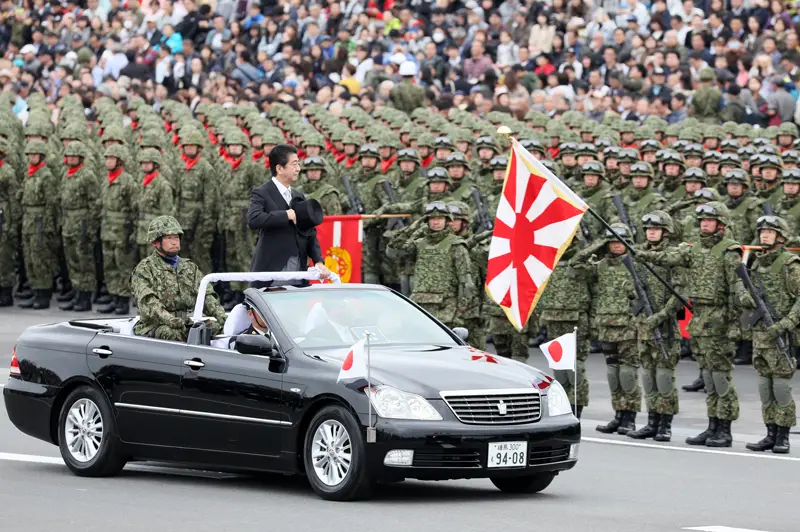After World War II, Japan took a unique path when it came to its military. The country officially renounced war and banned traditional armed forces in its 1947 constitution. However, Japan does maintain a military-like force today—called the Self-Defense Forces (SDF). These forces are focused on safeguarding the nation and responding to external threats, all while operating under strict constitutional limits. In recent years, rising security concerns in the region have pushed Japan to increase defense spending and expand its SDF capabilities, reflecting a changing approach to national security.
Does Japan Have a Military? Behind Japan’s Military Restrictions
Surprisingly, even though Japan is an economic powerhouse today, its military system is anything but ordinary. The country’s path to its current status as a nation with unique self-defense policies is rooted in a very turbulent time in world history.
Article 9 of the Japanese Constitution
After World War II, Japan adopted a new constitution in 1947 under Allied supervision. At the heart of this constitution lies Article 9, also referred to as the “No War” clause. This provision explicitly renounces war as a means of resolving international disputes and outlaws maintaining “war potential,” such as traditional armed forces.
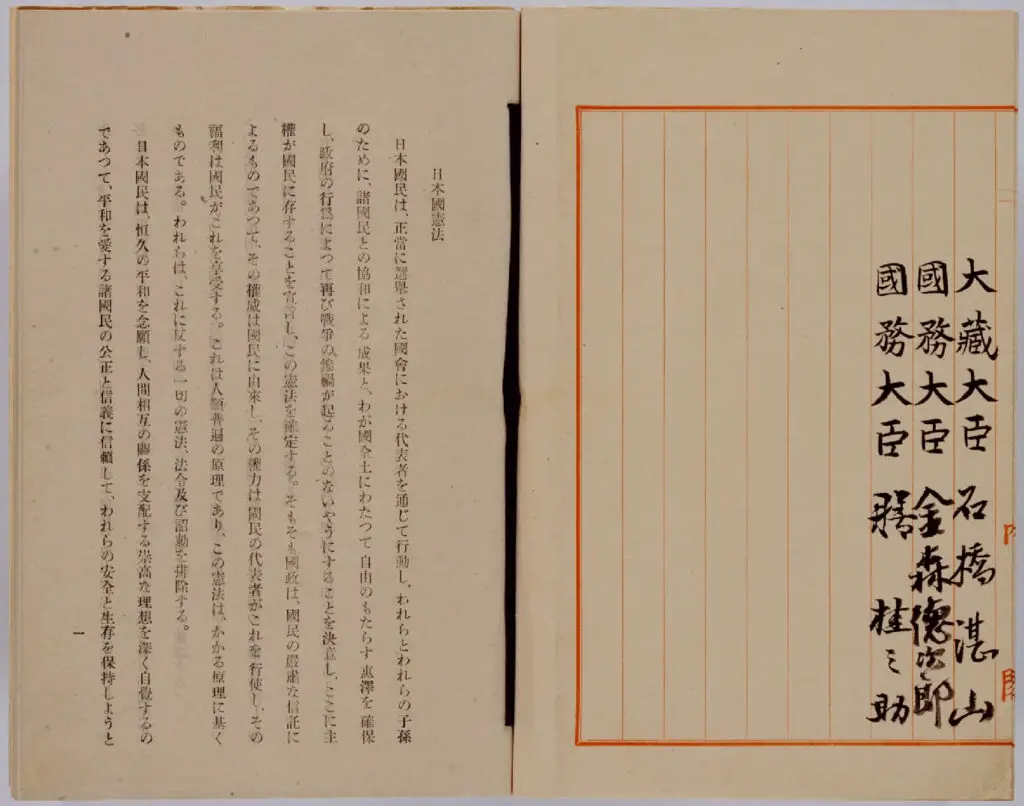
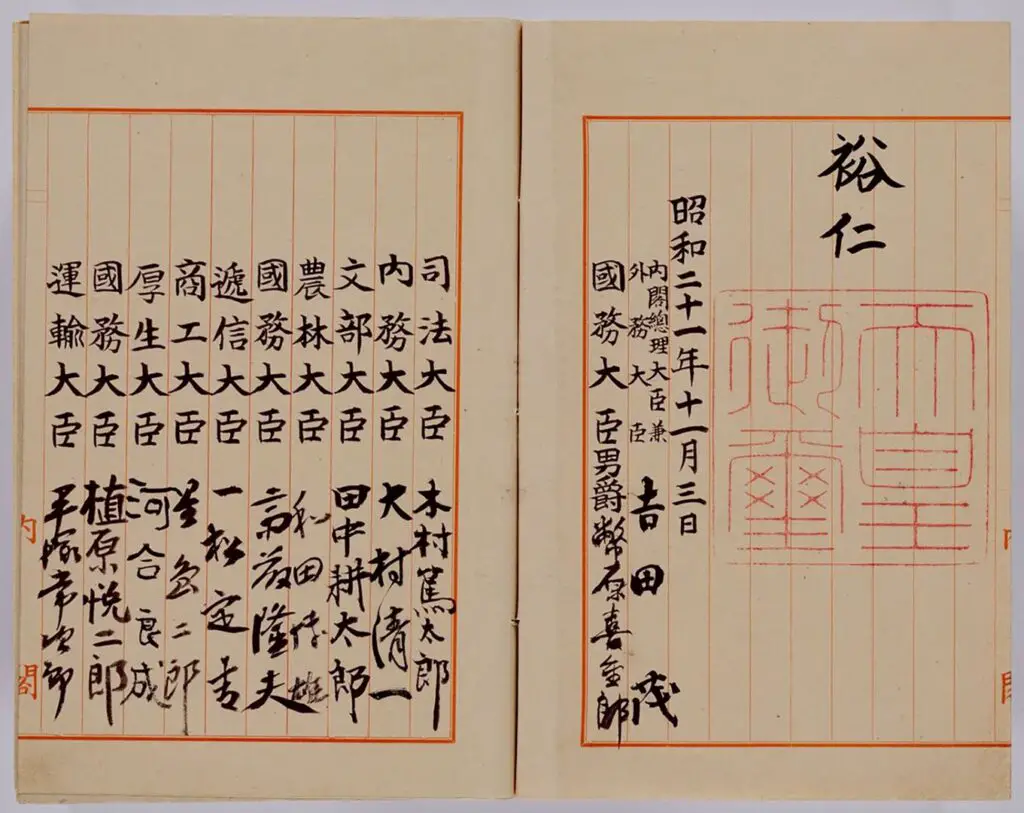
In simple terms, Article 9 was Japan’s way of saying, “We’re done with war.” The clause was not just aimed at preventing the country’s involvement in future conflicts, but it also symbolized its commitment to peace on a global scale. For a deeper understanding, you can read about Article 9 of the Japanese Constitution.
The Impact of WWII on Japan’s Military Approach
World War II didn’t just end with Japan’s surrender in 1945; it reshaped the nation entirely. The devastation caused by atomic bombings in Hiroshima and Nagasaki was a sobering moment for the country. Millions of lives were lost, and cities were laid to waste.
Post-war occupation by Allied Forces, particularly led by the United States, heavily influenced Japan. With the goal of demilitarization and democratization, the occupying powers encouraged Japan to adopt a pacifist approach. This process wasn’t just about rebuilding—it was about redefining Japan’s identity on the world stage. Learn more about the impact of WWII on Japan’s military approach.
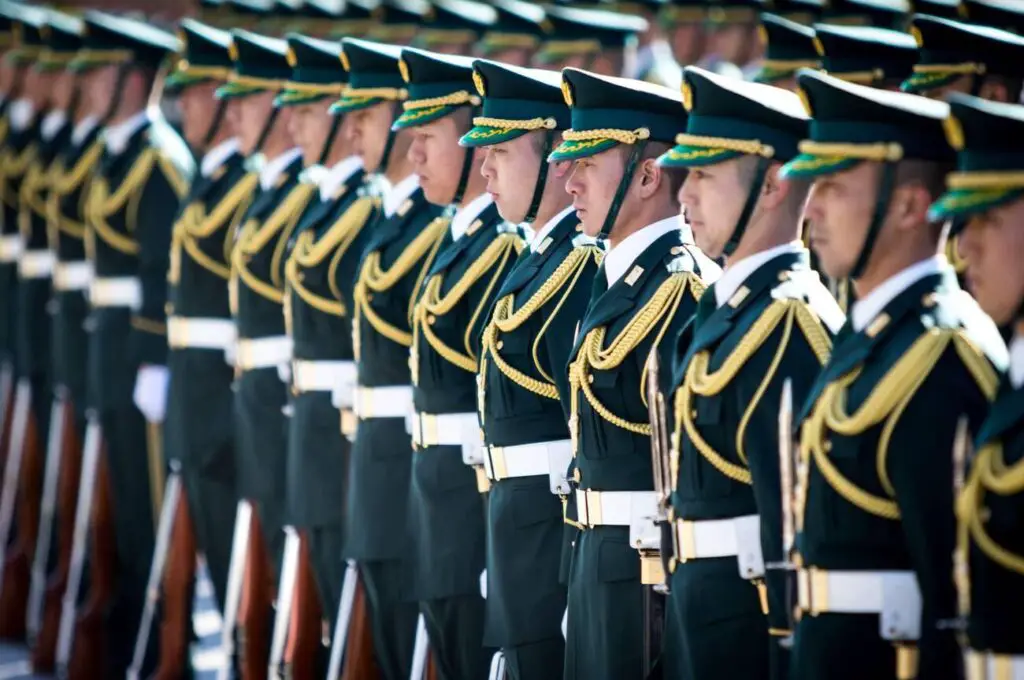
Japan’s post-war policies set it apart from other superpowers. Unlike nations that raced to rebuild their militaries, Japan focused on economic recovery. The constitution—and its unique military restrictions—emerged as part of this new vision.
Formation of the Japan Self-Defense Forces (JSDF)
While Article 9 outlaws traditional armed forces, rising Cold War tensions in the 1950s called for a reevaluation. The United States, fearing the spread of communism in Asia, encouraged Japan to take a more active role in regional security. As a result, Japan formed the Japan Self-Defense Forces (JSDF) in 1954.
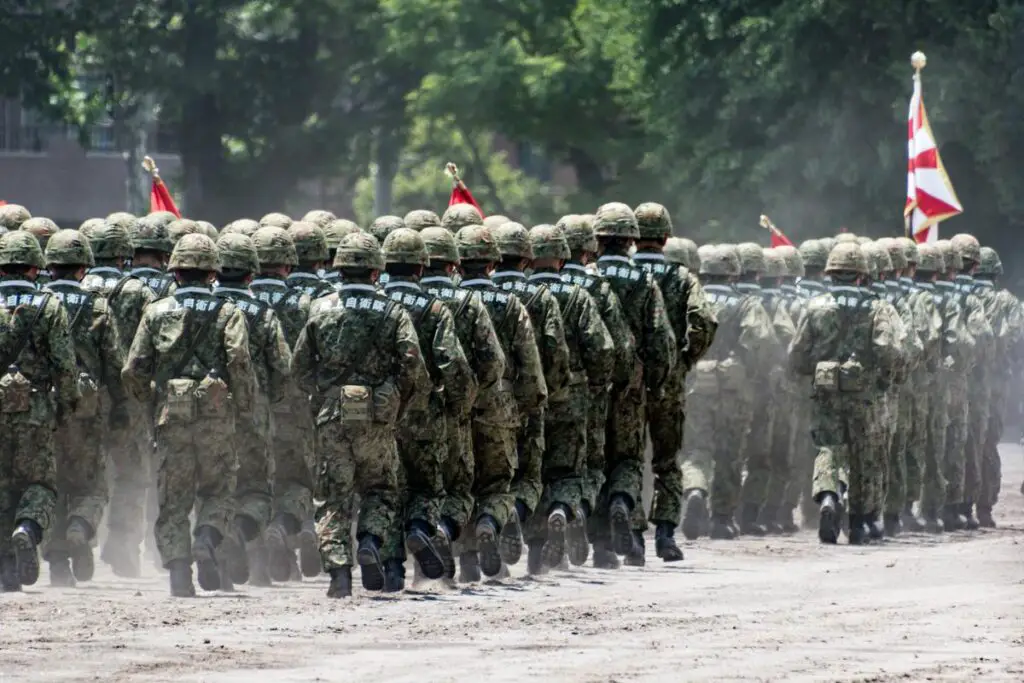
The JSDF is not your average military. It’s strictly defensive. The forces are organized into three branches:
- Ground Self-Defense Force (land-based operations)
- Maritime Self-Defense Force (naval operations)
- Air Self-Defense Force (aerial operations)
Each branch is equipped to protect Japan in case of an attack but cannot engage in offensive missions. This distinction is crucial and keeps the JSDF aligned with constitutional guidelines. More detailed insights are available about the Japan Self-Defense Forces.

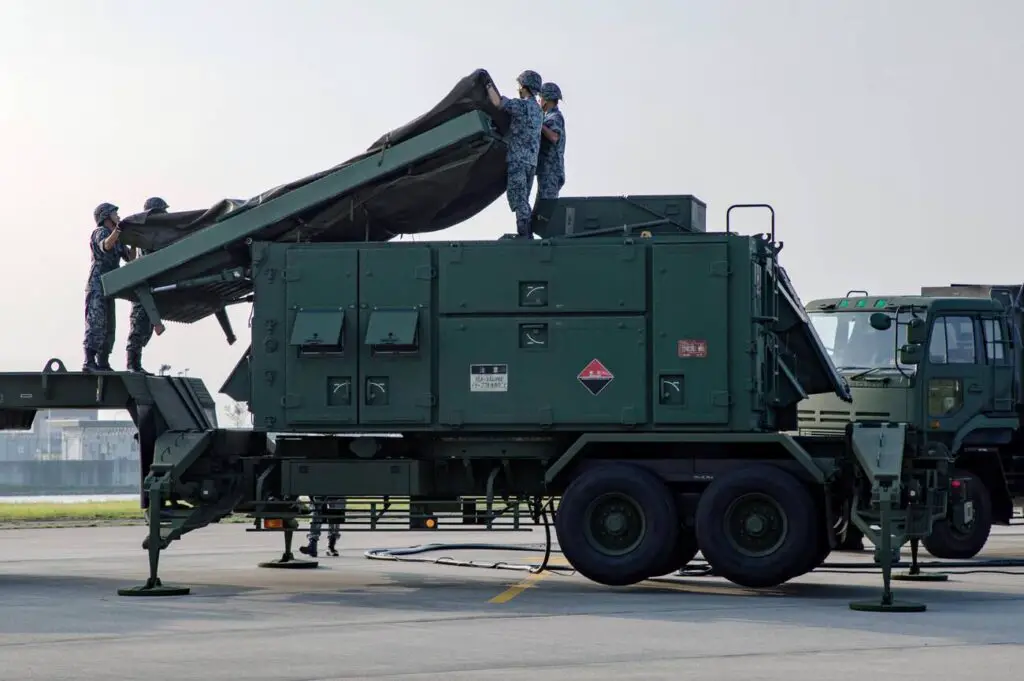
The JSDF is now a key part of Japan’s defense strategy, designed not to project power but to ensure security in a volatile region. While it’s technically not a military in the traditional sense, the JSDF demonstrates Japan’s nuanced approach to national security under its unique legal framework.
What is the Japan Self-Defense Forces (JSDF)?
The Japan Self-Defense Forces (JSDF) play a central role in safeguarding Japan’s national security. Established in 1954, the JSDF operates as a military-like organization focused on defensive operations, contrasting sharply with traditional militaries worldwide. The JSDF provides protection against threats while adhering closely to Japan’s post-WWII constitutional and legislative restrictions.
Ground, Maritime, and Air Self-Defense Forces
The JSDF is divided into three branches, each tailored to a specific area of defense:
- Ground Self-Defense Force (GSDF)
The GSDF, Japan’s equivalent of an army, focuses on land-based operations. Its primary mission is to defend Japan’s terrain in the event of an invasion or disaster. With 170,000 personnel and a fleet of tanks, armored vehicles, and advanced artillery, the GSDF handles everything from border security to disaster relief. - Maritime Self-Defense Force (MSDF)
Japan’s MSDF acts as its navy. It safeguards the country’s vast maritime interests, including territorial waters and critical trade routes. Equipped with state-of-the-art Aegis destroyers, submarines, and surface ships, this branch helps deter sea-based threats. Having one of the most advanced navies in the region, the MSDF also plays a crucial role in allied training exercises. (Learn more about the MSDF here.) - Air Self-Defense Force (ASDF)
The ASDF handles aerial defense and airspace security, closely monitoring Japan’s skies for intrusions. It operates modern fighter jets, surveillance aircraft, and missile-defense systems, ensuring the skies above are secure. The ASDF is on high alert given regional tensions, particularly with countries like North Korea.
Each branch works independently but coordinates during joint operations to ensure comprehensive national security.
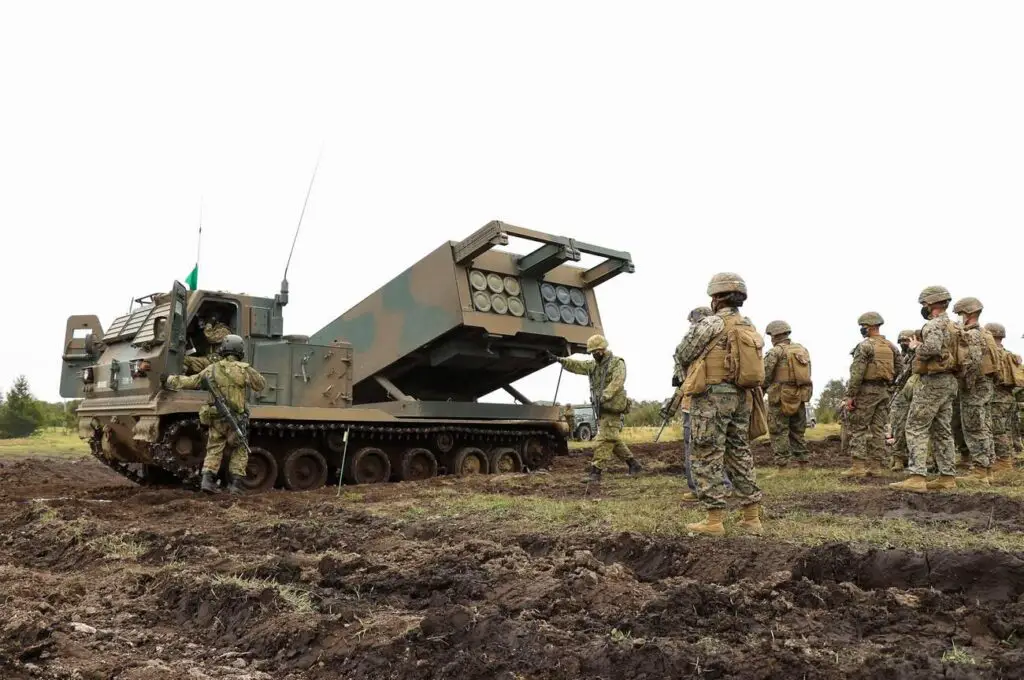
Weapons and Capabilities
Although the JSDF emphasizes defense, its weaponry is sophisticated and highly capable. Some of the standout armaments include:
- Air Defense Systems:
The ASDF utilizes Patriot PAC-3 units and Aegis-equipped destroyers to protect against missile threats, particularly from North Korea. - Ground Vehicles:
The GSDF operates advanced tanks like the Type 10 and combat vehicles like the Type 16 Mobile Combat Vehicle. These systems balance mobility with firepower.
(Check out a detailed list of JSDF weapons here.) - Naval Arsenal:
The MSDF boasts impressive technology, including stealthy submarines and cutting-edge destroyers capable of missile interception. - High-Tech Unmanned Systems:
Recently, Japan has focused on developing drones and autonomous technology to enhance surveillance and intelligence capabilities.
Despite these advancements, the JSDF strictly avoids offensive weaponry like nuclear weapons or intercontinental ballistic missiles. This distinction underscores Japan’s peace-oriented defense policy.
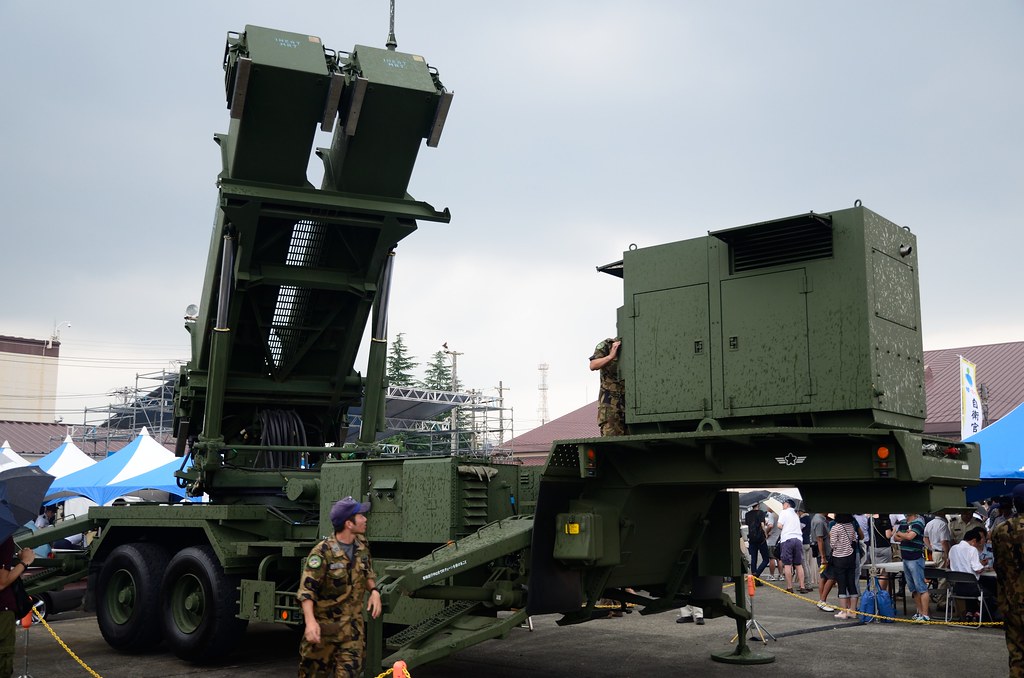
Operational Limitations of the JSDF
While the JSDF’s capabilities are significant, legal frameworks heavily restrict its actions. The core limitation stems from Article 9 of Japan’s post-war constitution, which prohibits acts of war as a means of settling disputes. Here’s how it impacts JSDF operations:
- Defensive-Only Posture:
The JSDF cannot conduct preemptive or offensive strikes, regardless of the threat. - Geographic Restrictions:
The forces are limited to operations principally within Japanese territory, surrounding waters, and airspace. - Dependence on Allies:
Japan relies heavily on alliances, especially with the United States, for extended defense needs. This includes shared operations across the Pacific. - Legal Challenges:
Legislative changes, like the 2015 reinterpretation of Article 9, allow Japan limited collective self-defense. However, this continues to be a point of debate domestically. (Explore more about Japan’s legal limitations here.)
The JSDF balances these restrictions with a focus on technological advancement and regional partnerships. This unique position makes Japan’s military structure fascinating and exceptionally different from conventional armed forces.
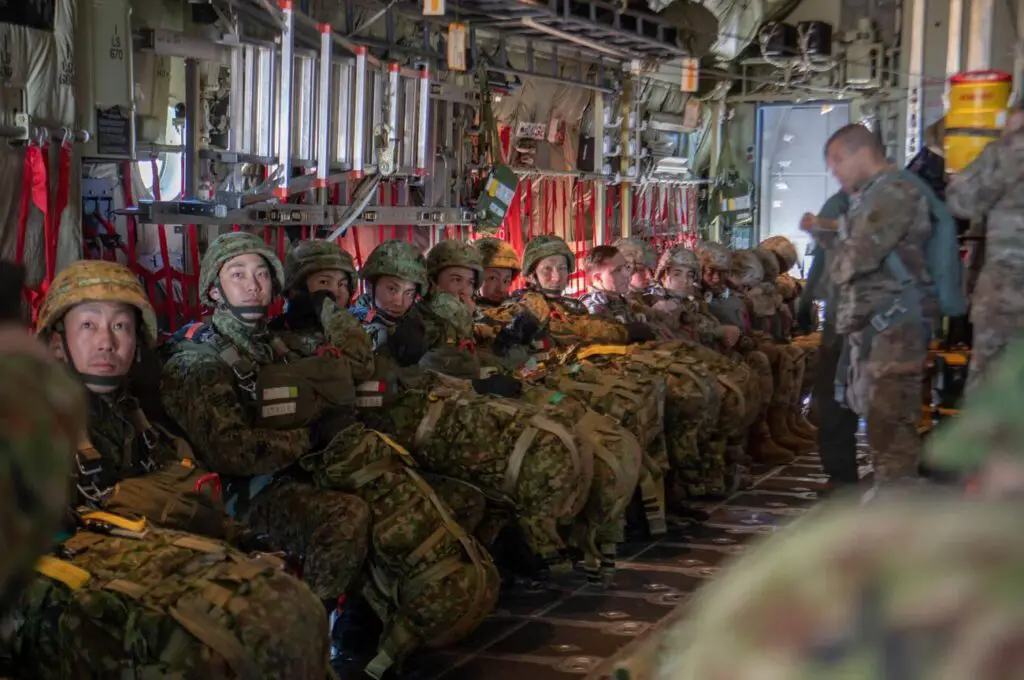
Challenges and Criticisms of Japan’s Self-Defense Forces
The Japan Self-Defense Forces (JSDF), built on a framework of peace and defense, face challenges that limit their effectiveness and growth. From recruitment struggles to societal expectations, these issues reveal a complex relationship between Japan’s unique defense approach and its evolving security needs. Below, we unpack the primary obstacles facing the JSDF.
Manpower and Recruitment Issues
Recruiting for the JSDF remains an uphill battle. Japan’s declining population, coupled with an aging society, creates significant hurdles in attracting new personnel to its ranks. As the young working-age population shrinks, competition for talent intensifies among other industries, offering higher wages and greater job appeal.
- Low Awareness Among Youth: Many Japanese citizens, particularly the younger generation, lack interest in military-related careers due to the nation’s historical pacifist stance.
- Branch Disparities: The Ground Self-Defense Force (GSDF) often struggles more than the Maritime or Air branches due to perceptions of labor-intensive roles with fewer technological advancements.
- Cultural Factors: In a society where collectivism and non-confrontation are emphasized, joining a defense force isn’t viewed as an aspirational career path.
Programs offering incentives, such as education benefits or tech training, have been introduced but struggled to fully bridge the gap. Learn more in-depth about challenges in manpower within the JSDF’s structure.

Public Perception of the JSDF
Japan, shaped by the legacy of the pacifist Article 9, harbors mixed views on its Self-Defense Forces. Historically, the SDF was considered a necessity, not a point of pride. However, this sentiment is slowly shifting as threats in the region grow more visible.

- Growing Respect Through Disaster Relief: JSDF deployments for natural disasters, such as the 2011 earthquake and tsunami, earned the forces widespread appreciation. These non-combat efforts helped reshape their image from defensive warriors to humanitarian responders.
- Rising Concern Over Regional Tensions: Public support has reached record highs, with polls showing a majority believe in strengthening the JSDF’s role amid rising threats from North Korea and China.
- Lingering Skepticism: Despite favorability increasing, some citizens remain unconvinced of expanding Japan’s defense capabilities, fearing any shift away from pacifism.
For more detailed insights into how Japanese society views its defense forces, explore findings from this recent public opinion survey.
Integration and Command Challenges
Integrating the three branches—Ground, Maritime, and Air Self-Defense Forces—comes with its own set of challenges. Coordination across these units is crucial for Japan’s flexible and effective defense strategy but often faces practical barriers.
- Resource Allocation: While Japan’s threats are largely maritime, the GSDF absorbs substantial budgets, leaving the other branches occasionally underfunded.
- Technological Gaps: Command and control systems across branches often lack seamless integration, resulting in siloed operations.
- Training Limitations: Joint drills between branches remain limited compared to the complex challenges Japan faces, such as missile threats or island defense scenarios.
Operational efficiency could improve significantly with better technology and enhanced coordination between the branches. For an in-depth dive into the JSDF’s logistical challenges, you can read about Japan’s defense integration issues.
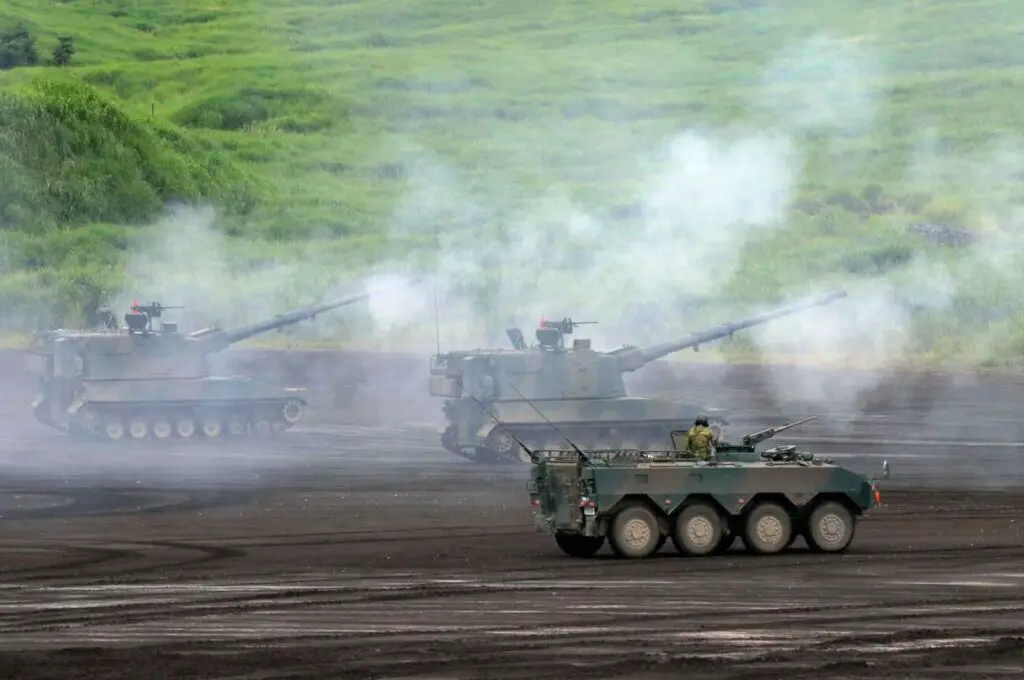
The JSDF occupies a unique position globally, balancing public expectations, operational constraints, and constitutional limitations. While its commitment to peace remains unwavering, addressing these challenges is necessary for Japan to secure its future effectively.
Recent Developments in Japan’s Military Policies
In recent years, Japan has faced growing regional security challenges, causing a pivotal shift in its military policies. The reevaluation of its defense approach under Prime Minister Fumio Kishida has marked a significant moment in Japan’s security strategy. Let’s explore the key updates making headlines.
Prime Minister Kishida’s Defense Initiatives
Prime Minister Fumio Kishida has taken bold steps to modernize Japan’s defense capabilities. Under his leadership, Japan has expanded its focus from strictly defense-based operations to recognizing the need for a proactive stance on threats. While still adhering to its constitutional commitments, Kishida’s administration is investing heavily in deterrence capabilities.
- Shift in Defense Philosophy: In 2023, Kishida adopted sweeping policy changes that include the acquisition of long-range missile systems, a controversial move for a country traditionally committed to pacifism.
- Alliance Strengthening: Emphasizing ties with allies, Kishida has prioritized closer collaboration with the United States and other Indo-Pacific partners to ensure regional stability.
- Economic and Security Nexus: By intertwining defense policy with Japan’s economic security, the administration highlights the importance of technological innovation in military preparedness.
For more on Kishida’s transformative vision for Japan’s foreign and defense affairs, read How Fumio Kishida Shaped Japan’s Foreign Policy.
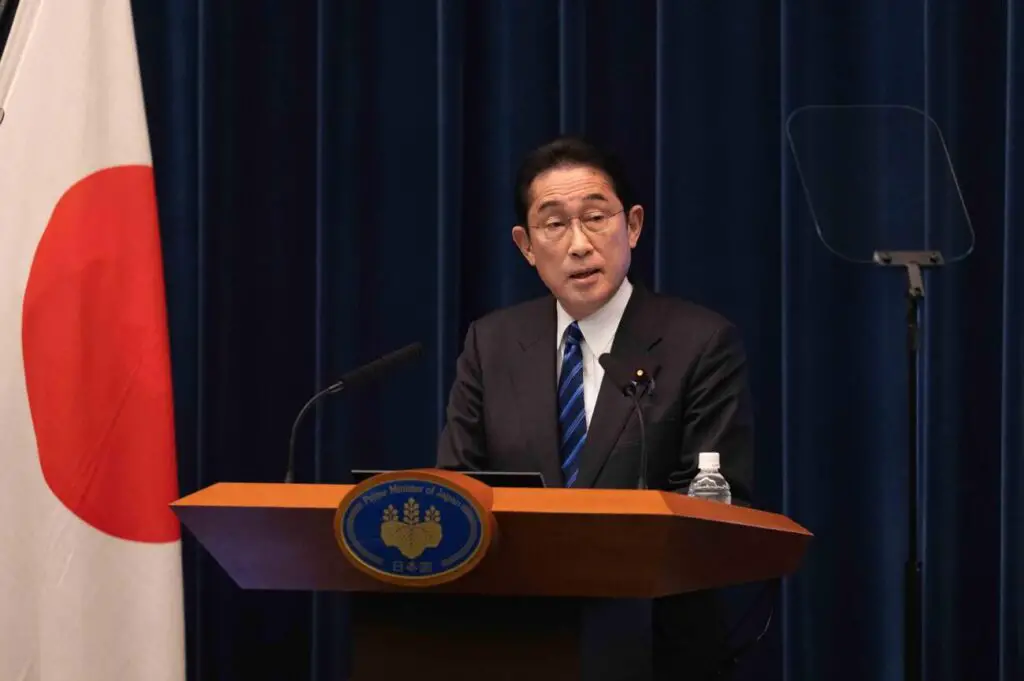
Increased Defense Budget
Japan is embarking on an ambitious journey to bolster its military budget, planning to raise spending to 2% of GDP by 2027. This is a groundbreaking commitment for a nation that historically capped defense expenses at 1% of GDP.
- 2025 Defense Budget Milestone: The latest fiscal request of 8.54 trillion yen (~$59 billion), reflects Japan’s commitment to modernizing its capabilities.
- Where the Funds Are Going: A significant portion will be allocated to missile defense systems, cybersecurity measures, and strengthening Japan’s surveillance capabilities in contested areas, such as the East China Sea.
- Fiscal Adjustments: The government plans to fund this increase by reallocating resources and introducing defense-specific levies.
This budgeting strategy responds directly to the evolving security environment and seals Japan’s intentions regarding its military future. For more on Japan’s unprecedented budget changes, read Japan Ministry of Defense Unveils Record-High FY 2025 Budget Request.
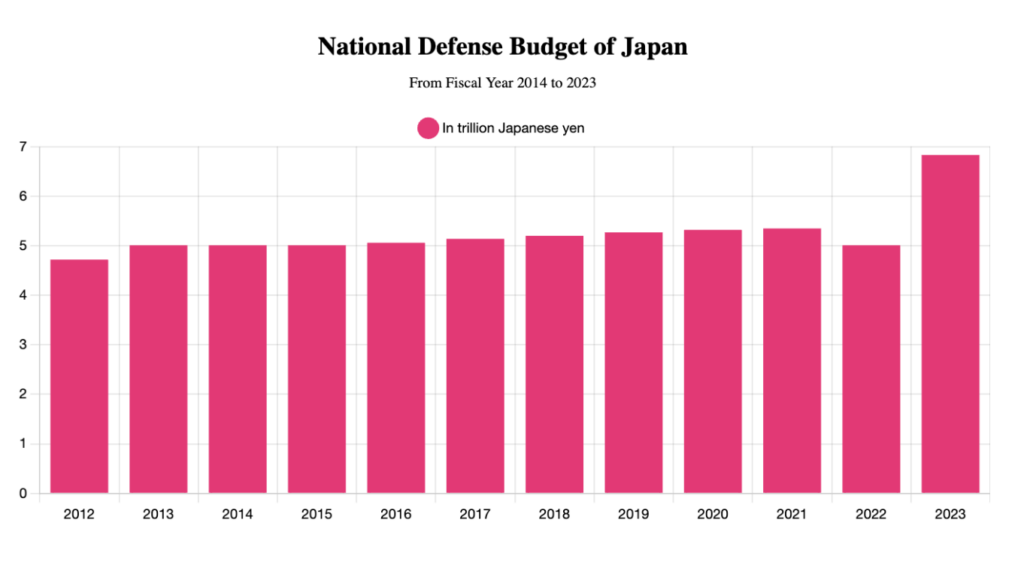
Security Concerns in the Indo-Pacific Region
The Indo-Pacific has become the center of geopolitical tension, and Japan finds itself in a precarious position amidst these dynamics. The region faces multifaceted threats ranging from territorial disputes to unregulated military build-ups.
- China: Tensions with China over territorial rights in the East and South China Seas remain high. Additionally, China’s growing military presence and advancements concern Japan’s security policymakers.
- North Korea: Pyongyang’s repeated ballistic missile tests—some landing dangerously close to Japan’s waters—are alarming catalysts for increased military readiness.
- Russia: Japan also keeps an eye on Russia’s activities, particularly in the Northern Territories, where diplomatic tensions linger.
Japan’s response includes boosting regional alliances and military innovation, ensuring it remains a key player in Indo-Pacific security discussions. For an in-depth look at security dynamics, check out Japan Facing Most Complex Security Environment Since World War II.
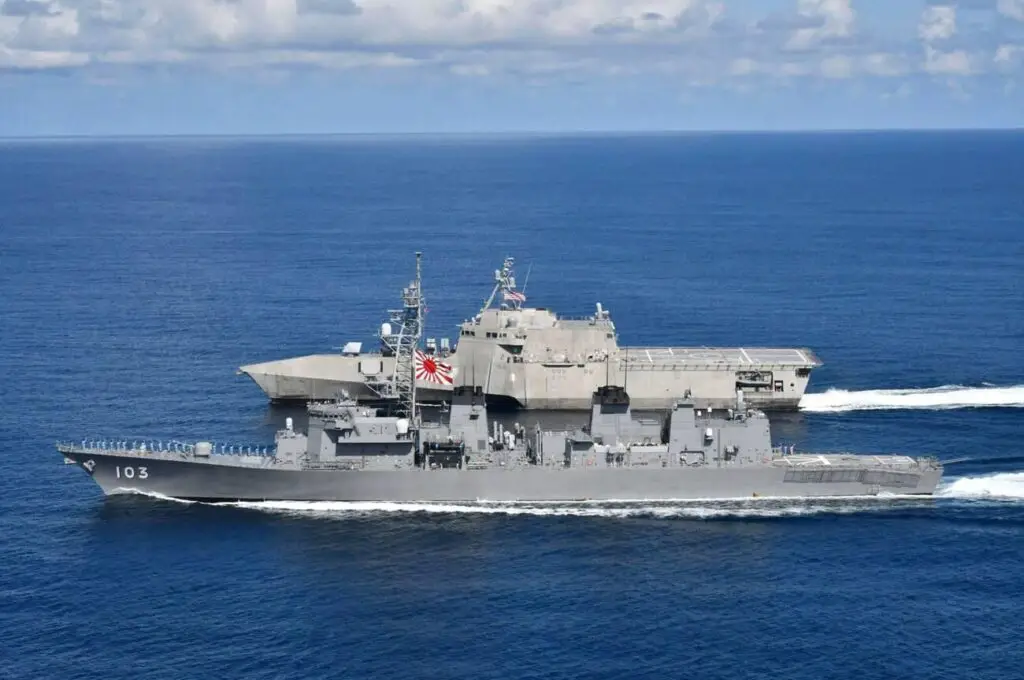
Japan’s Alliance with the United States
Japan has a unique defense framework, but its partnership with the United States significantly strengthens its ability to address security challenges. While Japan’s Self-Defense Forces focus on defensive measures, the alliance with the U.S. provides critical resources and reinforcement.
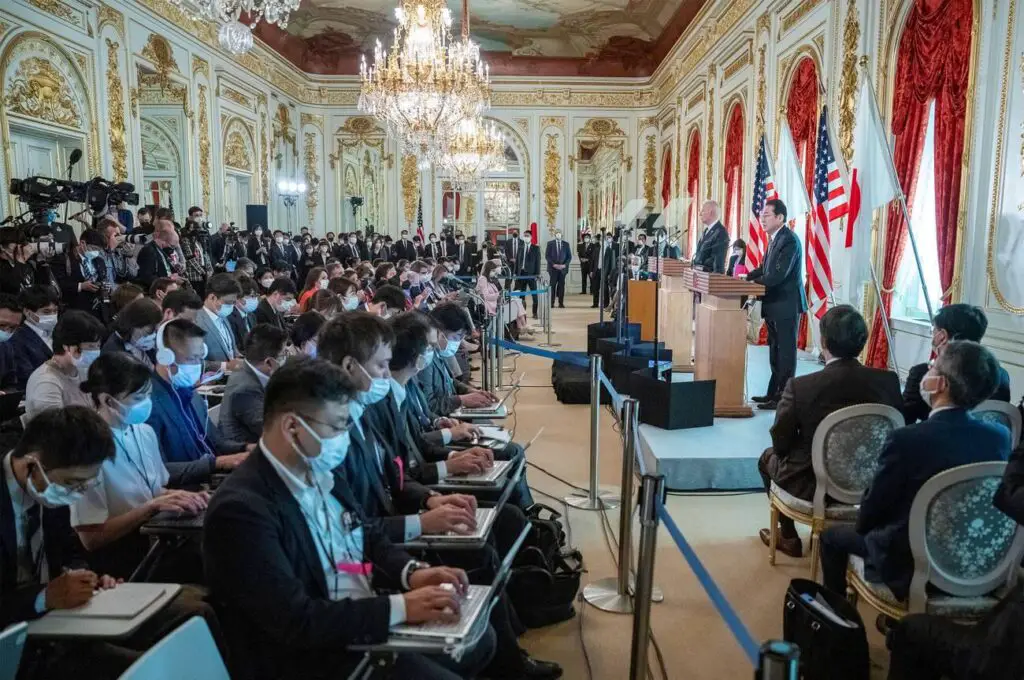
The U.S.-Japan Security Treaty
The U.S.-Japan Security Treaty, signed in 1951 and revised in 1960, is the foundation of their strong alliance. The main purpose of this treaty is to ensure mutual security and stability in the region. In essence, it allows the U.S. to maintain military bases in Japan and pledges mutual defense in case of an attack.
This treaty isn’t just a contract; it’s a symbol of trust. Japan has given the U.S. strategic access to bases that are critical to operations in the Indo-Pacific. Meanwhile, the United States provides a nuclear umbrella and additional deterrence, ensuring Japan’s sovereignty remains intact. Learn more about the treaty here.
Joint Military Exercises and Cooperation
Military drills and exercises reinforce the alliance and ensure both countries are prepared for potential threats. Take Exercise Keen Sword, for example. This biennial exercise tests how well the U.S. and Japanese Self-Defense Forces work together in multi-domain operations. It’s big—tens of thousands of personnel participate in maritime, air, and land-based scenarios. The 2025 iteration focused on interoperability and joint readiness.
Such exercises are more than symbolic. They ensure that equipment, strategy, and communication between the two forces are aligned. These practices reinforce the idea that anyone considering aggression must deal with a unified defense. For details about specific joint drills, check out this source.
Japan also participates in multi-nation exercises like Freedom Edge, involving the U.S. and South Korea. These not only prepare Japan for crises but also solidify diplomatic ties in the region.
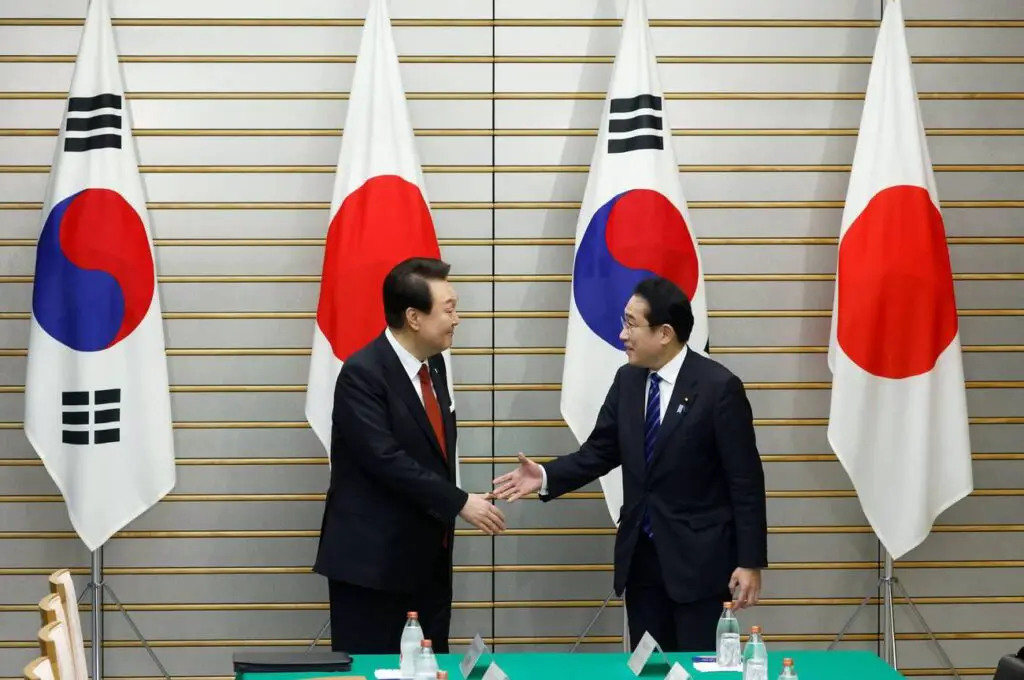
Challenges in the U.S.-Japan Alliance
No partnership is without its flaws, and the U.S.-Japan alliance is no exception. One significant issue lies in resource allocation. Japan’s defense budget has grown, but balancing these funds remains tricky. Some argue Japan should share more financial responsibility for hosting U.S. bases.

Operational complexities also pose challenges. Merging the strategic frameworks of two nations is no easy task. The U.S. emphasizes global military engagement, while Japan’s defensive focus sometimes creates friction. Moreover, integrating command systems and policy objectives can lead to bureaucratic delays.
Another challenge is public opinion. While many Japanese citizens support the alliance, debates continue about Japan hosting U.S. military bases, especially in Okinawa. These bases bring economic benefits, but they also cause environmental and social concerns among local populations. Explore these challenges further here.
This alliance, while complex, remains pivotal for both countries. Strengthening coordination and addressing operational hurdles will be key as they adapt to emerging threats across the region.
Women in Japan’s Military
Over the years, women have slowly carved out a place in Japan’s defense structure, breaking barriers in a traditionally male-dominated domain. Let’s explore their current status, representation across branches, challenges faced, and the progress made toward gender equality.
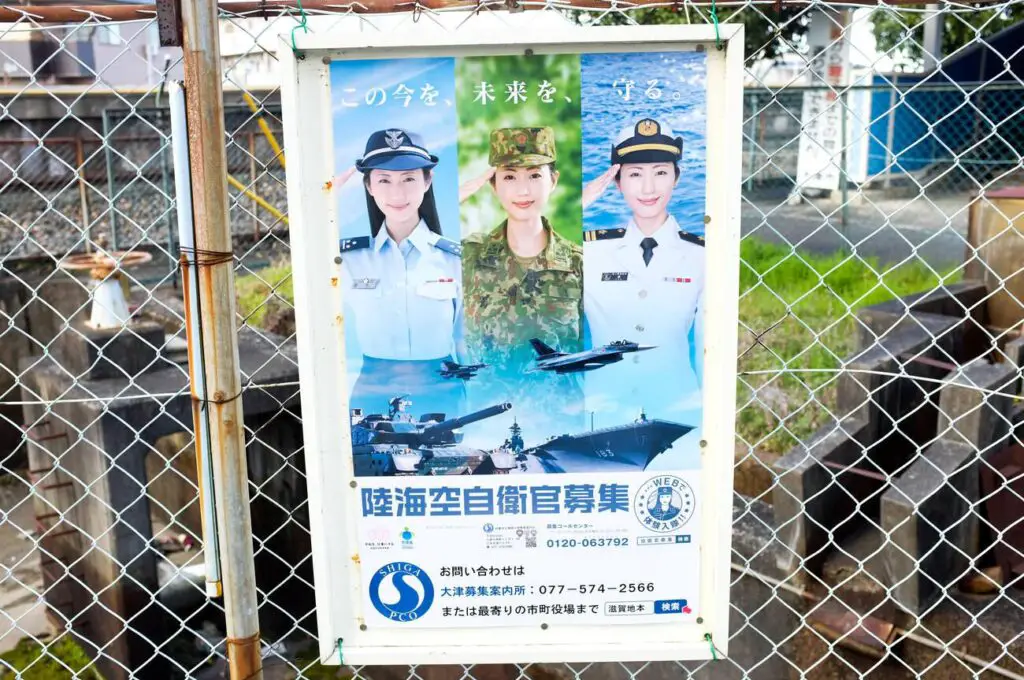
Current Status of Women in Japan’s Self-Defense Forces
Women today make up approximately 9% of the JSDF’s total personnel, a figure that has steadily grown over the years. This increase is part of Japan’s broader effort to modernize its military while addressing domestic challenges like a shrinking population. However, compared to countries such as the United States, where women account for roughly 17% of military personnel, Japan still has significant room for progress.
The rise in female personnel comes as the government and military introduce reforms to recruit more women, particularly as Japan faces declining birth rates and labor shortages. For more detailed statistics, Nippon.com provides informative insights.
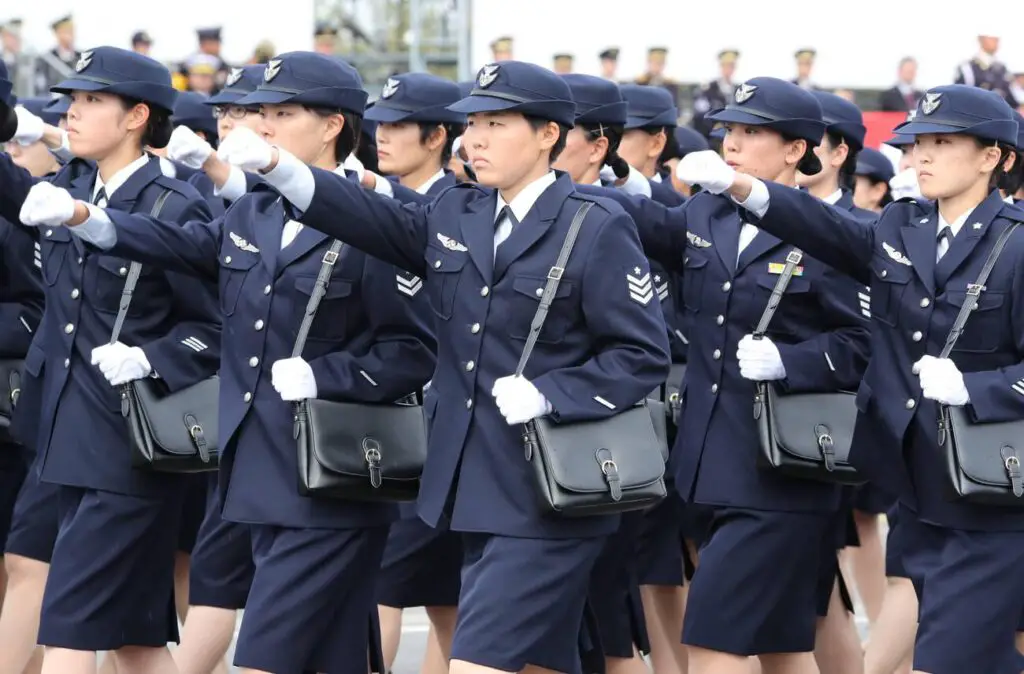
Representation Across Military Branches
Women contribute at various levels across military branches, including the army, navy, and air force, though proportions vary widely:
- In the army, women predominantly serve in administrative, medical, or logistical roles, though increasing numbers are entering combat-related positions.
- The navy has seen women take on roles aboard select vessels, breaking decades-long traditions of all-male crews.
- The air force, while smaller, includes women who operate in technical roles and even as surveillance pilots.
The strides women have made are encouraging but still limited within leadership and specialized areas. For a visual insight into female soldiers in action, check out Al Jazeera’s coverage of Japan’s female marines.
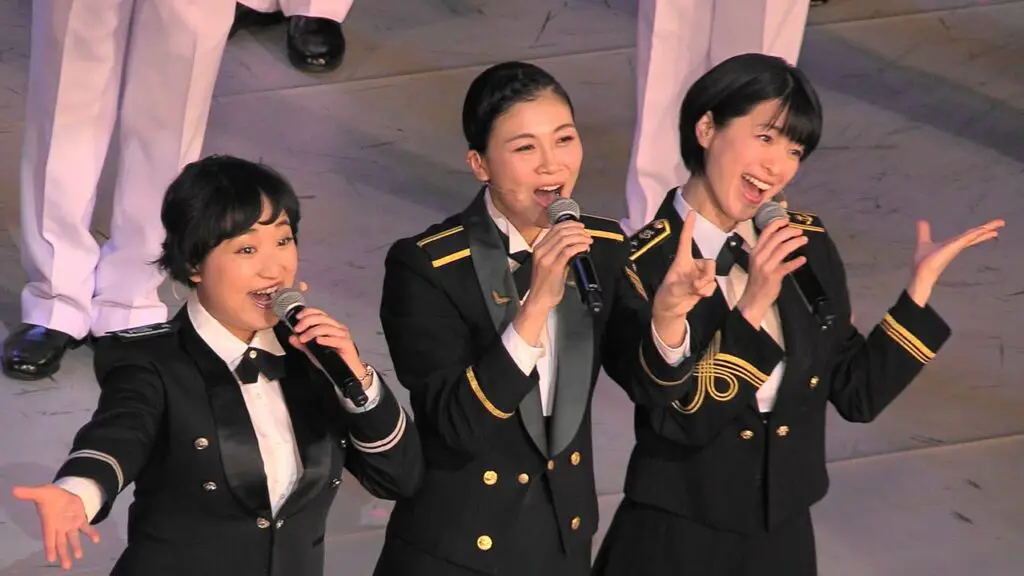
Integration into Combat and Leadership Roles
Over the last few decades, the JSDF has taken steps to open combat and leadership positions for women. Historically, such roles were off-limits due to societal norms and physical concerns. However, Japan is now training and appointing women to these positions, including those in elite units like the Amphibious Rapid Deployment Brigade (ARDB). While women make up a small fraction of this specialized unit, their presence highlights a growing shift in attitudes.
Progress aside, many barriers remain. High-profile sexual harassment cases have cast a shadow over these advancements and deterred some women from pursuing military careers. Addressing these issues is critical to the success of gender integration.
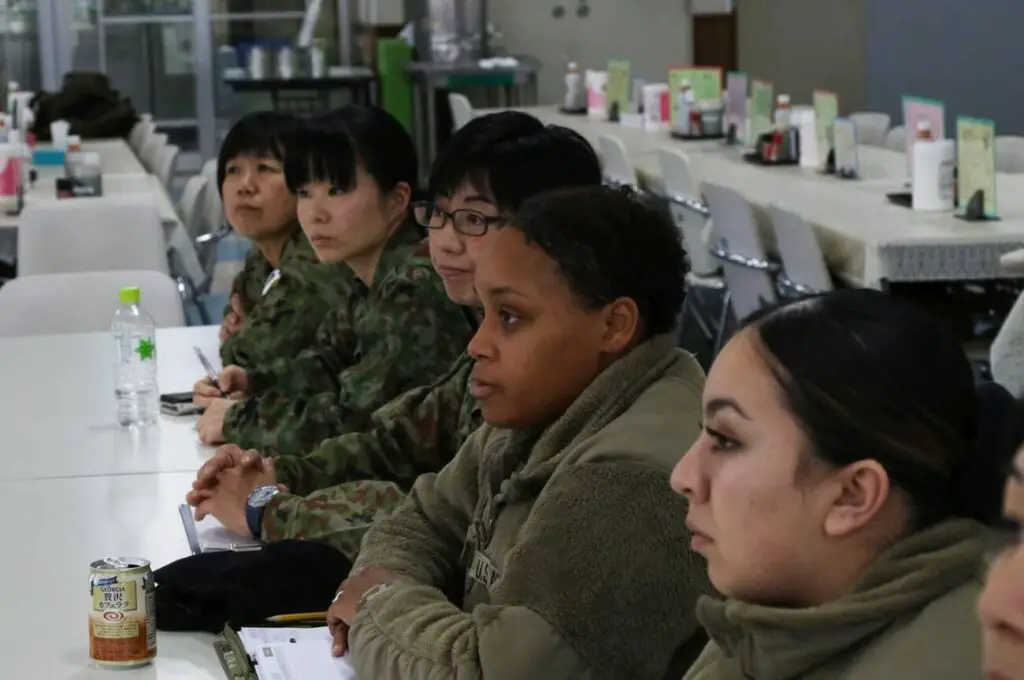
Challenges Faced by Women in Japan’s Military
Being a woman in Japan’s military comes with unique challenges. From cultural biases to workplace safety, these hurdles often define—and limit—how women experience their roles within the JSDF.
Cultural and Workplace Bias
Japanese society has long been rooted in traditional gender norms, where women are often expected to prioritize their families over careers. These expectations extend into the military, where some male colleagues and superiors still question women’s abilities to endure the physical and mental demands of service.
To combat these biases, initiatives like gender sensitivity training are being introduced, but change is slow. As Reuters notes in their coverage, Japan’s military is still striving to create a truly inclusive work environment (source).
Sexual Harassment and Workplace Safety Concerns
Sexual harassment remains one of the most glaring issues for women in Japan’s military. Recent scandals exposed systemic problems within the JSDF, sparking national conversations on how to make the workplace safer for women. Policies like anonymous reporting platforms and stricter disciplinary measures are being implemented, but rebuilding trust will take time.
Recruitment and Retention Issues
The recruitment and retention of women in the JSDF are further hindered by societal stereotypes and Japan’s aging population. A declining population reduces the number of potential new recruits overall, intensifying the need for gender-inclusive policies. Efforts to attract women include more flexible working conditions and support systems like on-base childcare facilities.
Conclusion
Japan’s military approach is a blend of constitutional commitment to peace and the realities of modern security challenges. Despite not having a traditional military, the Japan Self-Defense Forces (JSDF) are a highly capable, defensive-oriented force. They reflect Japan’s adaptability in addressing threats while staying true to its pacifist roots.
Regional tensions with China, North Korea, and Russia continue to influence Japan’s evolving defense policies. The record-breaking defense budgets and focus on advanced technologies signal a shift toward stronger deterrence. Yet, Japan remains steadfast in upholding its identity as a nation prioritizing peace.
As the global landscape changes, Japan’s unique framework raises a fascinating question: How can a country balance peace-driven principles with the need for modern security? Share your thoughts on Japan’s strategic path in the comments below!

